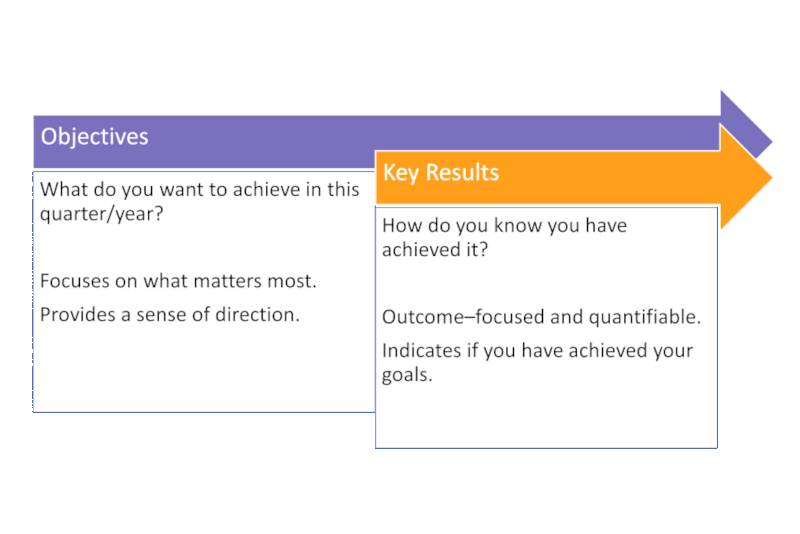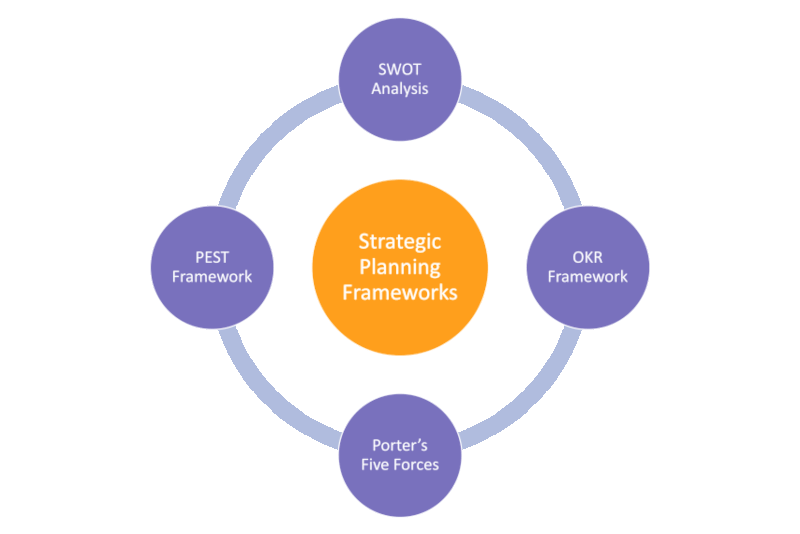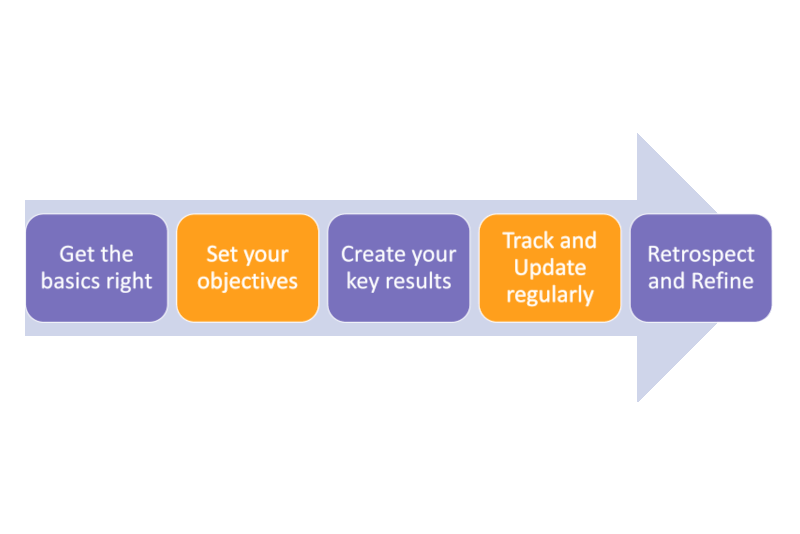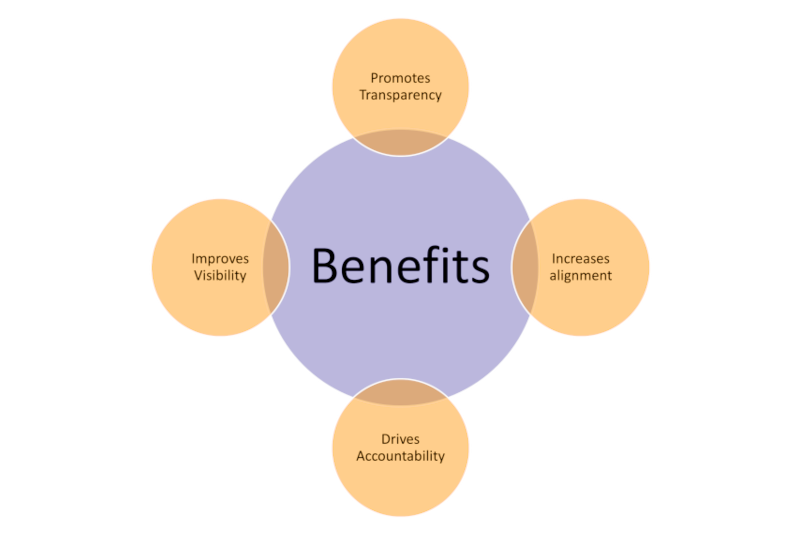What is OKR Explained
Okay, so now you have started your strategic planning process and you are trying to convert your ideas into actionable items. A vital part of this is setting your actionable items as goals for your company.
You want your team to be working towards your biggest goals. You also want to have visibility on the progress in acheiving them.
And this is where OKRs come in handy. OKR stands for Objectives and Key Results. It is a collaborative goal-setting methodology used by companies and teams to set challenging, ambitious objectives with measurable outcomes. OKRs help you promote transparency, create alignment, encourage accountability and track progress.

A brief history on OKRs
The origin of OKRs can be traced back to Peter Drucker. As a pioneer in managerial thinking, he introduced a system called Management by Objectives (MBOs). Andy Grove, the former CEO of Intel then took the system and morphed into a simpler form that answered two core questions:
- Where do you want to go?
- How do you know you have reached your destination?
John Doerr, an investor and venture capitalist, presented this system to the co-founders of Google, Larry Page, and Sergey Brin. Larry and Sergey found this system highly attractive and adopted OKRs for Google.
The rest is history.
OKR Structure
- Objectives - Things you want to achieve
- Key Results - Measurable outcomes that indicate you have achieved your objective.
Objective
Let's look at Objectives first. Objectives are goals that you are setting for your company and/or team. Objectives are typically set on a quarterly basis. Objectives are usually set by asking “What needles do we need to move this quarter?”. However, having such an open-ended question can be tricky. The rule of thumb is to have 3 to 5 objectives per team per quarter. Your objectives are supposed to be high-level, simple, qualitative, aspirational statements.
Focus on what matters most!
Key Results
Objectives are supposed to provide a direction and hence are usually not measurable. This is where Key Results come in. Key Results are measurable outcomes that indicate you have reached your objective. It is important to note that key results are not your typical to-do lists. They are outcome focused, and not output focused.
OKRs allow you to go after ambitious goals. However, you do not want to overwhelm your team by setting up them up for failure. Try to have 3 to 5 key results per objective and encourage achieving a sweet spot of 70% per key result. If your team is constantly achieving their targets, it means you goals can be more challenging. If they are unable to reach their targets, it is better to retrospect and set slightly more attainable goals.
OKR Example
Here's an example of an OKR for customer success:


